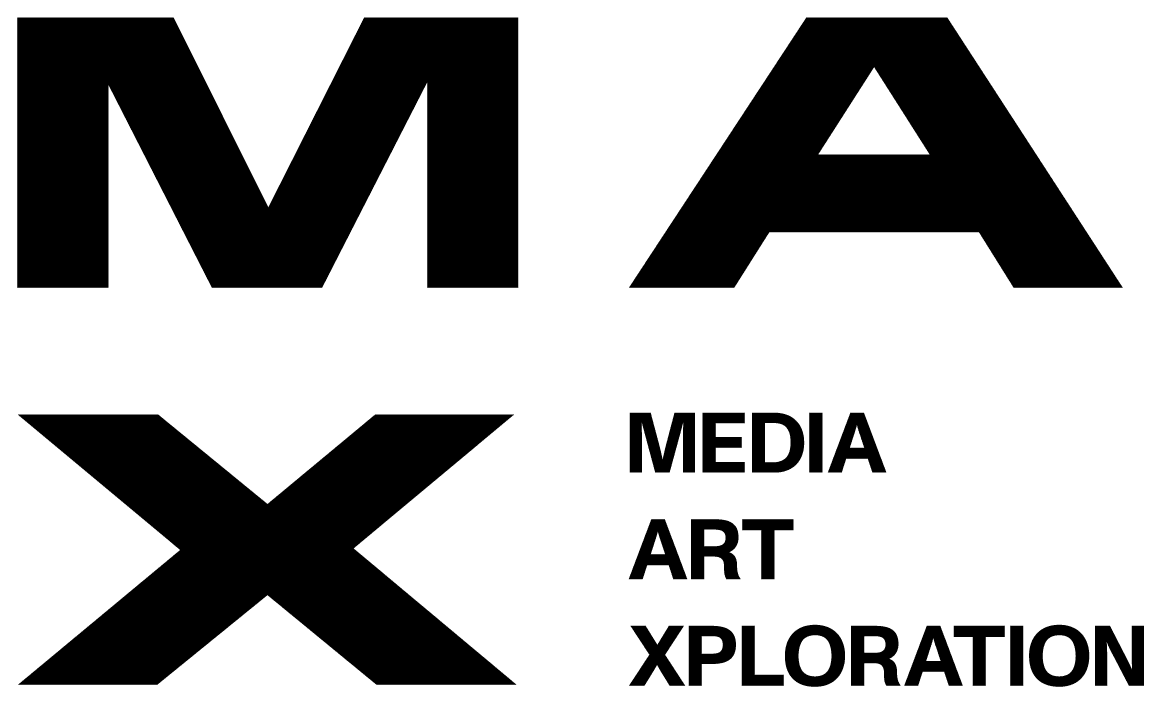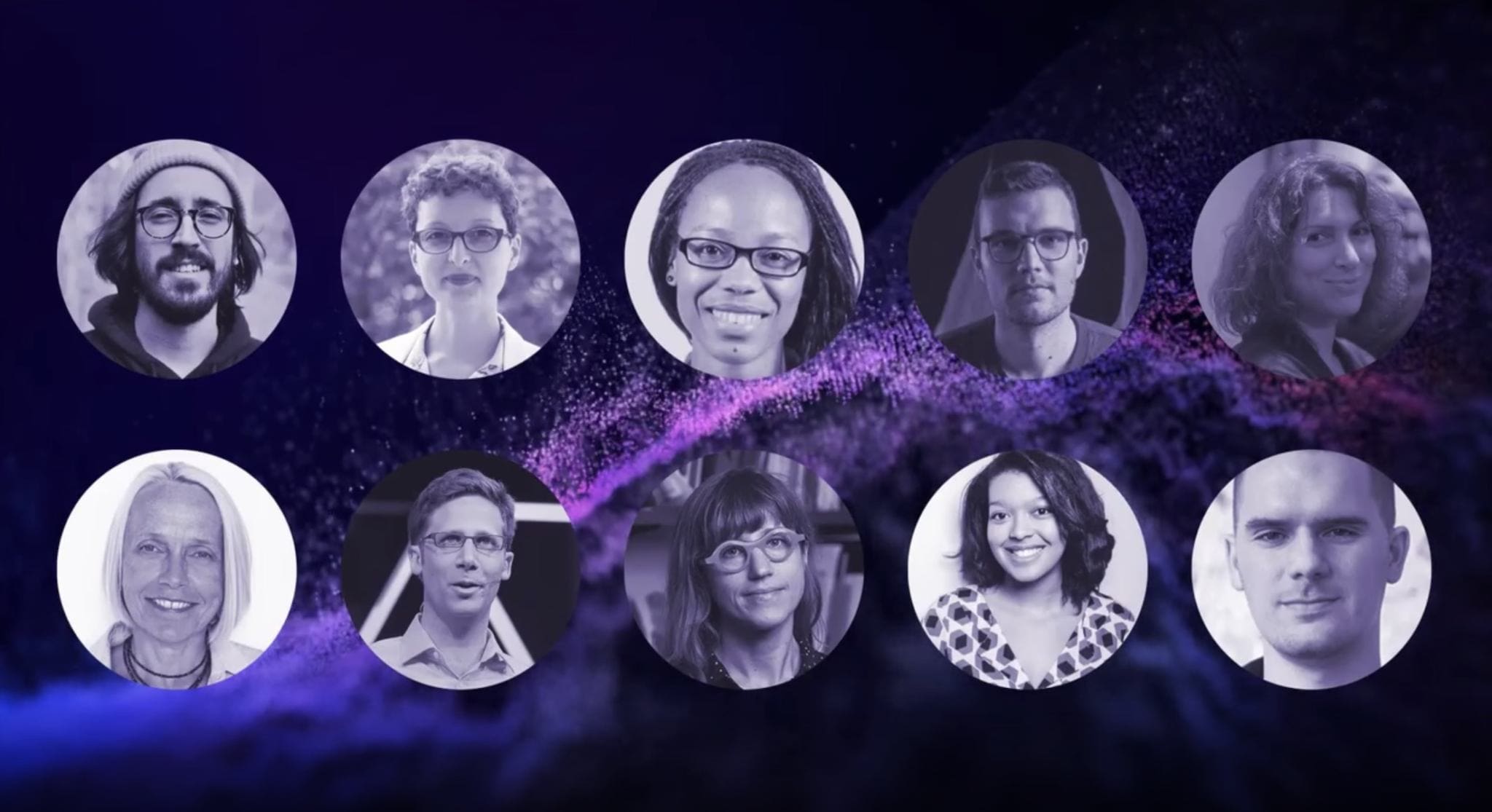We have concluded our first MAXforum series: three thought-provoking conversations on how intelligence flourishes in humans, non-humans and artificial systems; 11 accomplished panelists; and over 400 engaged audience members.
Want to go deeper? We asked our panelists to share some references that have been intrinsically important to their work, check out our MAXforum References Document.
The first conversation, It’s the Limitation That Sets Us Free, centered around artificial intelligence systems. Moderated by MAX Founding Director Kay Matschullat, MacArthur Fellow Annie Dorsen, MAXmachina artist Grayson Earle, and cognitive scientist Tom Griffiths talked about their work ranging from hacking into the popular game Grand Theft Auto to creating an AI system to reimagine the text of the Aeschylus’s lost Prometheus play.
One of the main questions at the heart of the conversation was how we will shape AI and how AI will shape our future. “Human intelligence and artificial intelligence start to develop along slightly different tracks” says Tom Griffiths and “There are going to be problems you want humans to solve for you and problems you want a machine to solve for you”.
Grayson Earle points to the question of what we, as a society, will choose to do with the surplus value that is created with AI: “Where does the wealth that was generated go?”
Another thread of discussion was how artists would contribute to AI and machine learning research. Annie Dorsen thinks it will be through the endless curiosity of artists: “Artists often are the kind of people who will spend a long time on problems that no one else will bother thinking about, because there is no benefit to it other than the satisfaction that comes from curiosity”.
Tom Griffith shares the sentiment: “If you are a machine learning researcher, you say: ‘That is error. We want to eliminate that’. And artists say ‘That is interesting and we want to look at that because it tells us something about human nature’”.
The second conversation, The Interspecies Quest, explored the future and limits of our understanding of animal communication and intelligence. Composer Annie Lewandowski and artist Kyle McDonald discussed their MAX-commissioned ongoing collaboration SIREN; and curator Lucia Pietroiusti shared her work at the General Ecology project at Serpentine Galleries. Ashley Jane Lewis moderated the conversation.
In SIREN, the composition is created through the recordings of humpback whales’ songs. Annie Lewandowski points to what is most important about these songs: “Newspaper articles that create fear do not motivate the sustained response climate change needs. The power of humpback whale songs that inspire people is beauty.” And Kyle McDonald brings a fresh perspective on animal communication: “Birds are some of the best improvisers, they have some of the best compositions to share”.
But what does it mean to have a relationship with more-than-humans? Lucia Pietroiusti shares a personal revelation: “After I had a baby, I realized something that didn’t occur to me about interspecies communication… Just in the simple and obvious fact that caring for one happened much before being able to communicate with one did.”
Our third and last conversation, The Imagination & The Scientist, focused on the human element in how we develop artificial intelligence systems. Who is making AI and what role does imagination play in its creation? The conversation featured EMEA Head of Engineering at Facebook AI, Dr. Naila Murray, 2020 MAXmachina artist, Philipp Schmitt, and it was guided by leading neuroscientist, Carl Schoonover.
The conversation ranged from technically layered subjects such as multi-dimensional spaces and natural language processing to social questions such as artificial intelligence’s impact on our culture. AI makes decisions through replicating human decisions, emphasizes Naila Murray: “Most agents are trained to mimic.” We can only fix AI systems by having just societies. Philipp Schmitt, approaching a field that is mostly reserved for scientists and engineers as an artist emphasizes that we shouldn’t be afraid to engage with it: “Don’t be afraid of the matter”.

